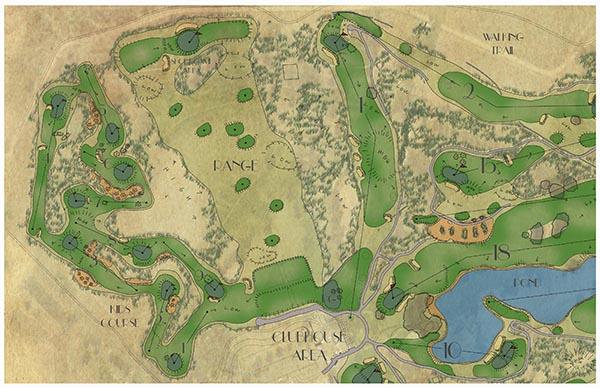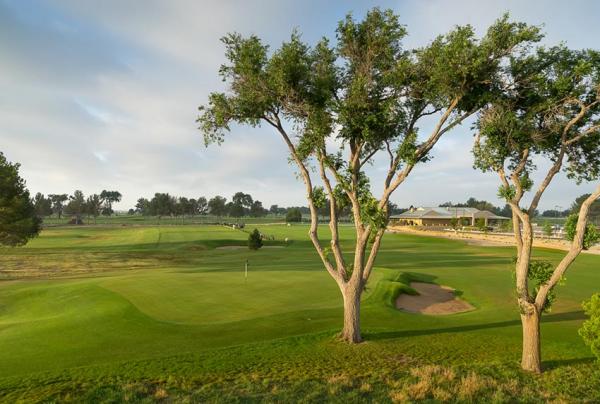
Daily fee golf is under attack.
Nearly 1,000 golf courses have closed in the past 11 years, and a disproportionate number of them have been daily fee facilities, according to the National Golf Foundation.
Public-access facilities comprise about 75 percent of the golf course supply, yet they represent about 93 percent of the 177 net closures of 18-hole equivalents in 2015. Private facilities, which make up 25 percent of the supply, accounted for the remainder of all closures - about 7 percent.
 There are many examples of cities that "get it" when it comes to the muni golf dynamic, but there are many others that do not.
There are many examples of cities that "get it" when it comes to the muni golf dynamic, but there are many others that do not.For the past three years, golf course architect Andy Staples has been trying to help municipal golf operations reinvent the wheel through a program he calls "Community Links."
More than just a golf course, the Community Links concept is a full-blown scheme designed to attract families to facilities that include not just a golf course but other amenities that focus on family togetherness, health and wellness, diversity, and conservation and education.
Because only about 7 percent of the U.S. population plays golf, publicly owned facilities are under increased scrutiny to be self-sufficient. Subsidizing renovation and construction projects, like Community Links, can be an easier sell since it offers amenities, like parks, trails and open spaces, for the other 93 percent of the population as well.
Staples recently published a white paper on the concept that he has titled "Innovate or Close".
His first project at Rockwind Community Links in Hobbs, New Mexico, opened last year and transformed a money-losing municipal course into a vibrant property that Golf Digest and Golf Inc. both named among their best new developments for 2015.
The Hobbs project includes 27 holes, including a short course, double-sided practice range, chipping and putting areas, trails, open spaces for events, a 5-acre lake and a classroom for new golfer instruction.
Funding of the project wasn't cheap, with the city committing $12 million for the restoration of the golf course and additional family-friendly amenities.
Staples' white paper details the history of the municipal golf model and why, with some exceptions, so many cities are struggling to make it work.
Rising management costs and declining demand have combined to provide a difficult environment in which municipal operations can thrive. Municipal golf was developed primarily as a way to bring recreational opportunities for the masses at less than - far less than - private club fees. An inflated golf market through the 1990s diverted too much attention away from golf and onto other amenities as golf facilities everywhere looked for additional ways to drive revenue. A recession, many of the effects of which continue to linger, and interest in the game that is sinking like a boat with a hole in it, have left many municipalities rethinking their commitment to muni golf, like Jackson, Mississippi, which recently closed its nine-hole Grove Park Golf Course.
The Community Links concept is a grassroots effort to grow the game and drive interest in family friendly outdoor activities. It's moving at a snail's pace, but it is moving.
Late last year, Staples began working with the City of South Jordan, Utah on developing a $10.8 million master plan for its Mulligans golf center in hopes of converting it into a similar Community Links project. On Sept. 23, a city review committee approved Staples' Community Links master plan, passing it on to the full council for consideration at its next meeting. He also is in talks with cities in California, Nevada and South Dakota on similar projects.
Like the Hobbs project, the South Jordan plan includes a golf course renovation that produced a product focused on high-handicap players, parks and other open spaces aimed at getting families off the couch and outdoors.
According to feedback from the Hobbs community, non-golfers have a more positive view of the open spaces and their benefits than golfers, with 91 percent saying they are interested in trying to play golf. Growing the game at the grassroots level is what municipal golf is all about.

